When was the last time you considered the long term value of team building?
Do you view team building as a vital part of fostering employee motivation leading to an increase in productivity?
Managers in an organisation understand that to be successful their employees must work well together in teams, with good communication, problem-solving skills, motivation and minimal stress. With this in mind, you’d think that improving and building successful teams would be number 1 on their priority list.
However, the issue is that the benefits of team building activities can sometimes be intangible or even ambiguous. On the one hand, the team members themselves and those who work closely with them may see a dramatic effect in a range of areas such as communication and time management. Whereas before there may have been conflicts or dissent, team members may understand each other’s working styles better and be able to compromise or adapt for the benefit of the group as a whole.
On the other hand, these results may not necessarily translate themselves into a tangible, measurable improvement for the com pany, and given that almost everything in business today must be recorded and measured – from the movement of people in an organisation, to the number of paper clips or white board markers used in any given period – this can be a real dilemma for HR. This is the reason why the concept of team building in general can be a hard sell to senior management who naturally want to see a return on their investment.
pany, and given that almost everything in business today must be recorded and measured – from the movement of people in an organisation, to the number of paper clips or white board markers used in any given period – this can be a real dilemma for HR. This is the reason why the concept of team building in general can be a hard sell to senior management who naturally want to see a return on their investment.
There is a solution, however, and that is that the real long-term value of team building is the very nature of those efforts – a company who regularly participates in such challenges and encourages it’s employees to think about improving team dynamics is one that puts its people first. While many organisations talk about how their employees are their real assets, the company that takes the time to improve the conditions in which the employees work through meaningful team building activities is the one “walking the talk”.
Not All Team Building Is Created Equally
Having said that, it is important to recognise that it’s not the case that any team building activity will work. In the early days of team-type challenges it was often felt that any activity would do, as long as participants were doing things in a group. At the end of the day the facilitators may have explained the benefits of the activity – for example, communication skills or working on trust issues – however for the most part people might have felt these were simply band-aid attempts to solve real, deep-seated problems within the team and between individual members.
Nowadays, while more thought is generally put into such activities and their benefits, a team building exercise that is not thoughtfully planned or customized to each team will have little or no long term effect, or, even worse, may end up exacerbating existing tensions.
The key to getting maximum value out of team building efforts is to:
• Ensure that the right event or activity is selected and that the challenges are customized to each team’s dynamics and any issues that might exist. This can help to avoid participants feeling as though they are just going through the motions in a “tick a box” corporate exercise.
• Make sure participants do not feel obligated to join in, or feel uncomfortable during the course of the challenge. This is particularly important with competitive activities that may require physical effort.
• Choose activities that reward a whole-of-team approach, rather than focus on individual results.
• Choose challenges that are enjoyable in their own right, making the “team building” component of the event a pleasant or useful side effect rather than the main aim.
Ultimately in a company that fosters a people-focused culture, the long-term benefits of successful team building activities will also “trickle down” throughout the organisation, from senior management right down to interns and new recruits.



